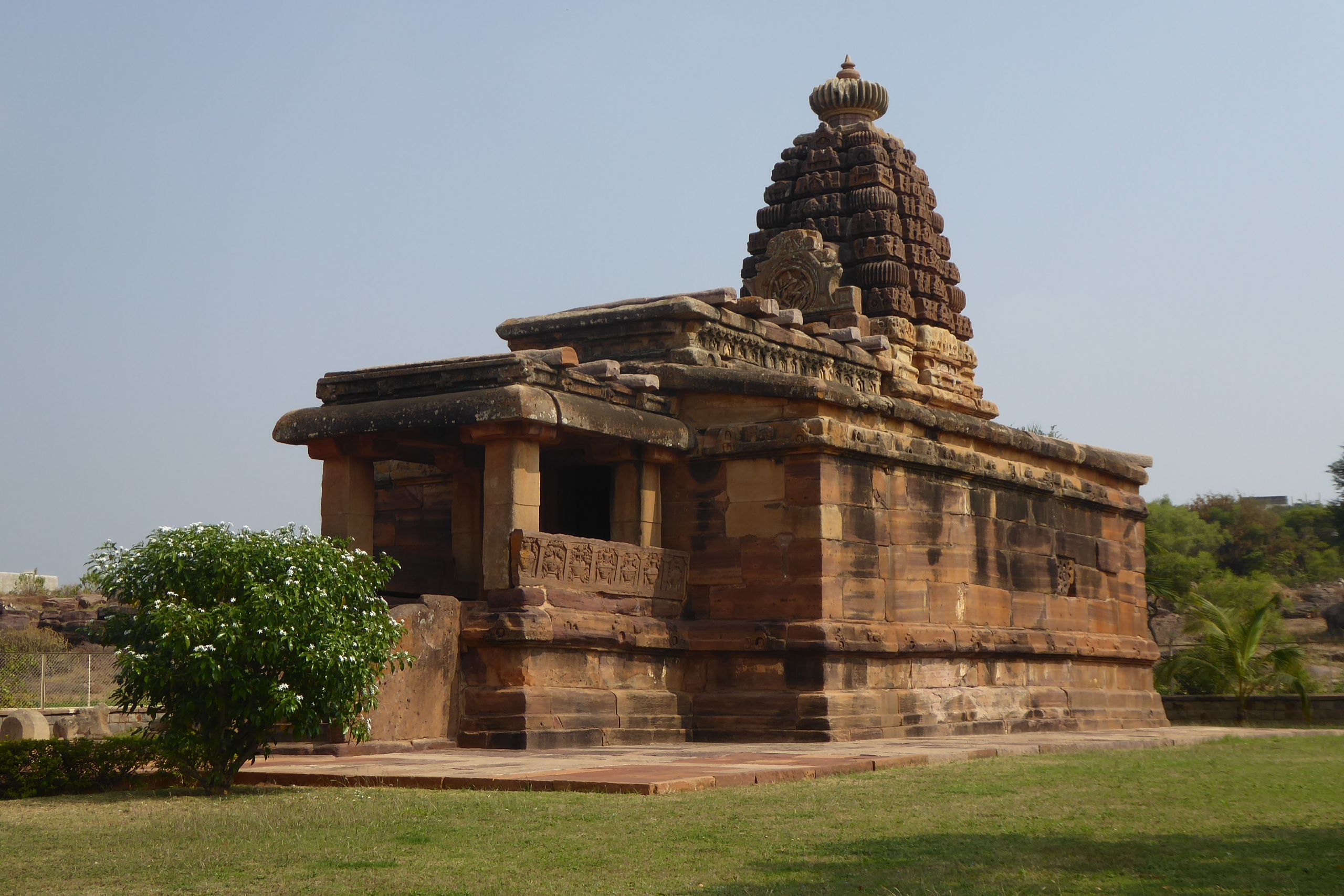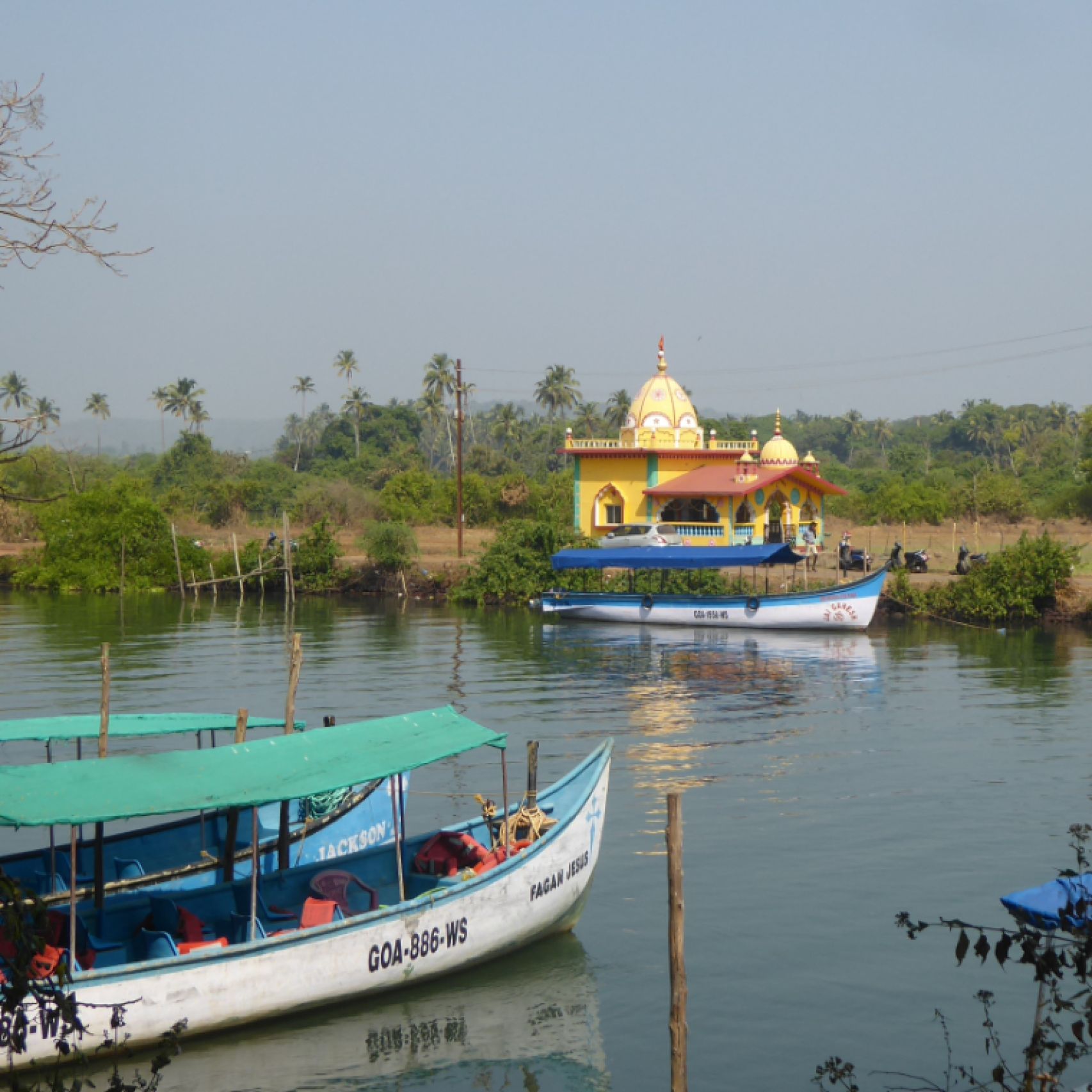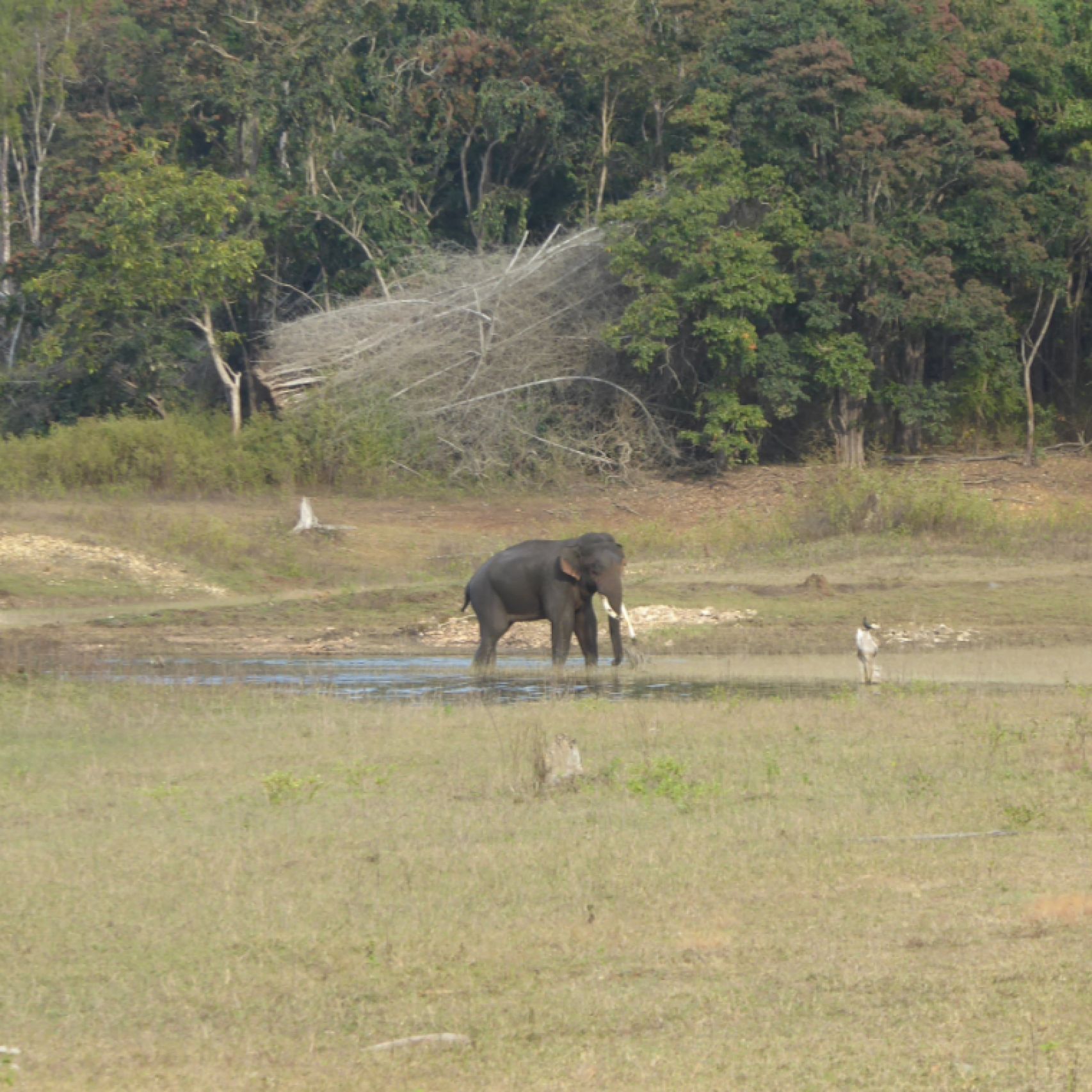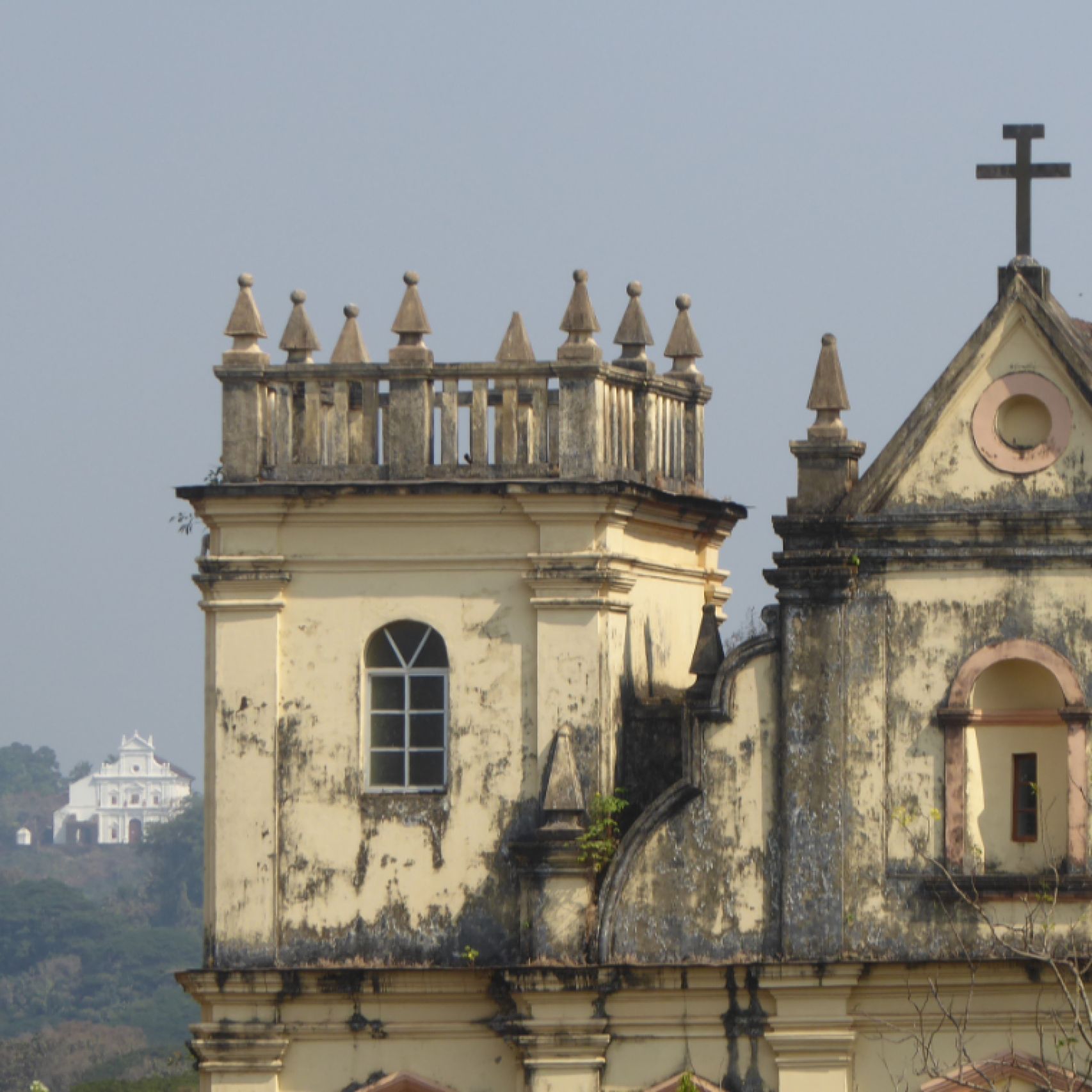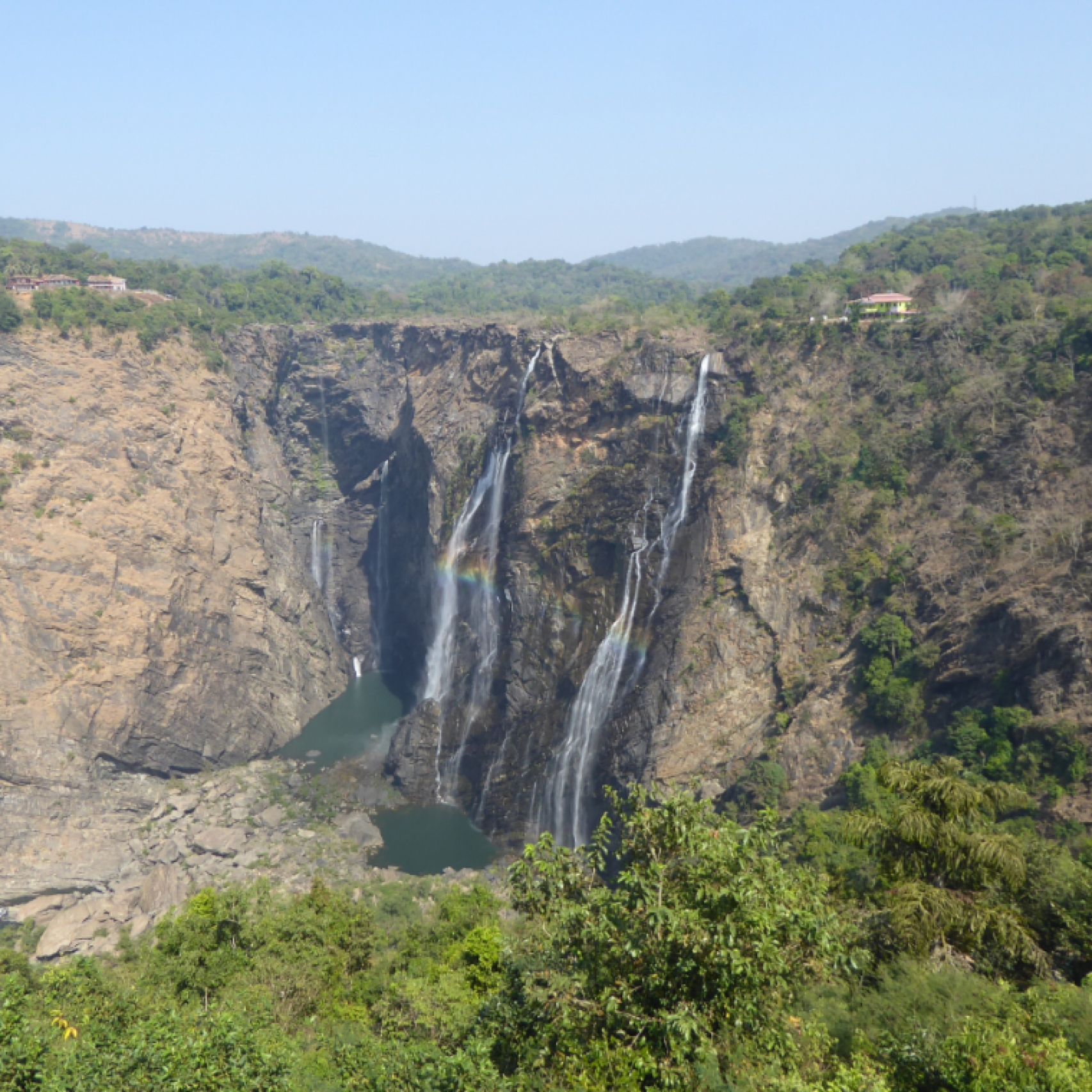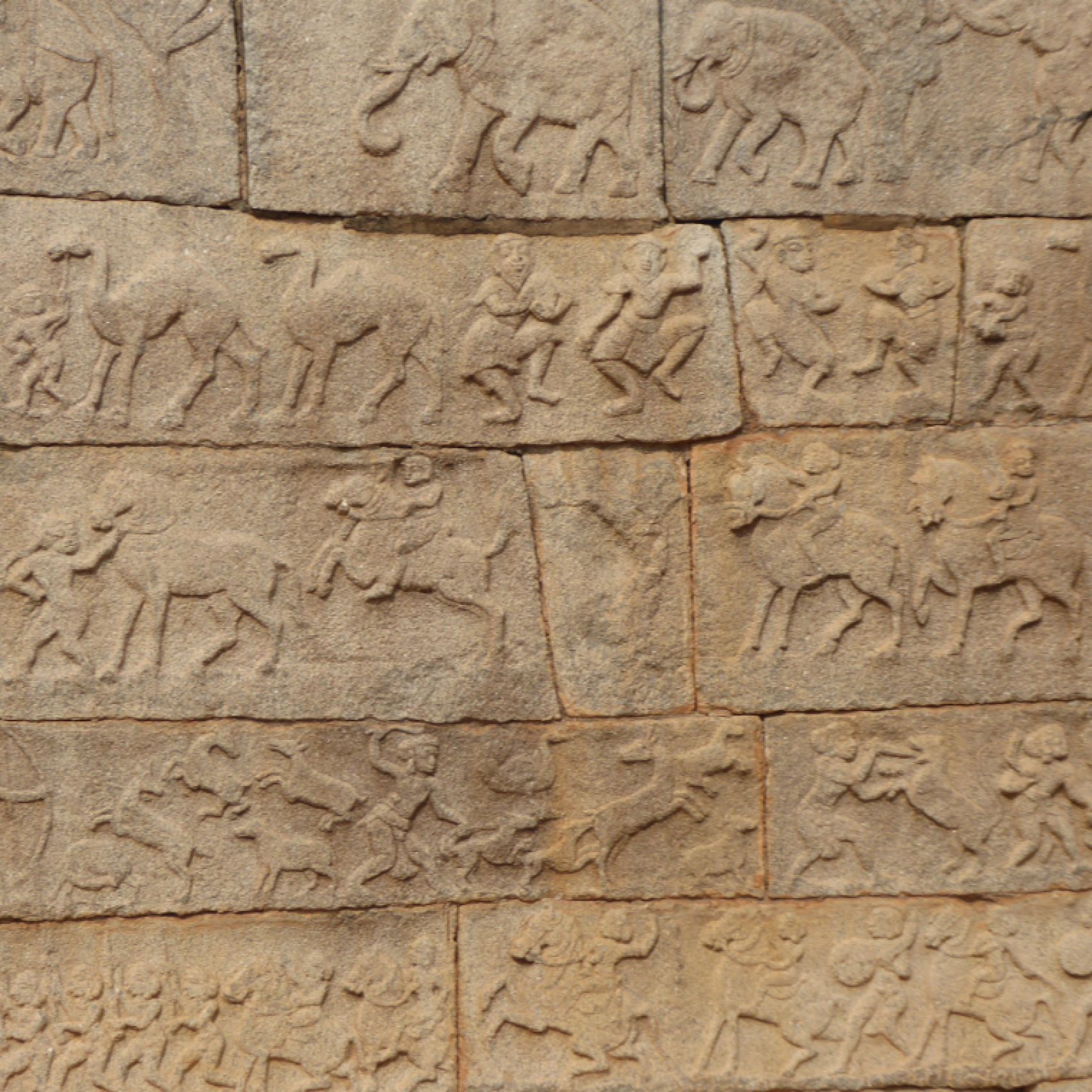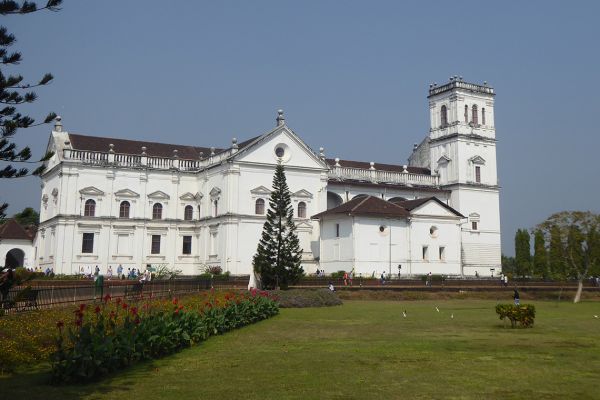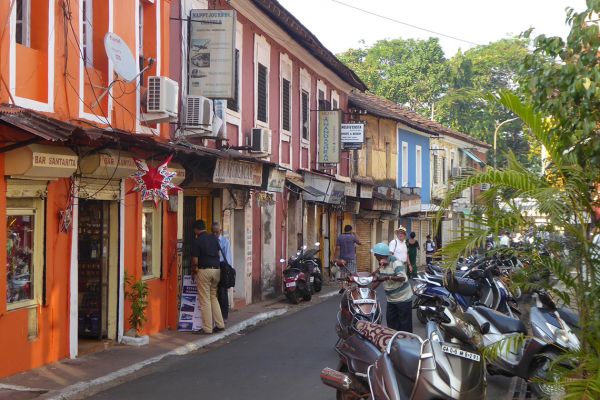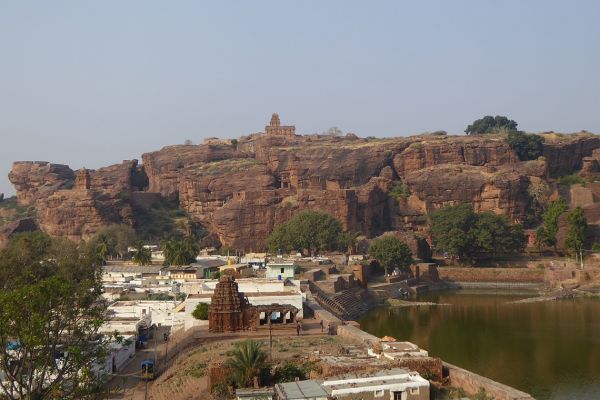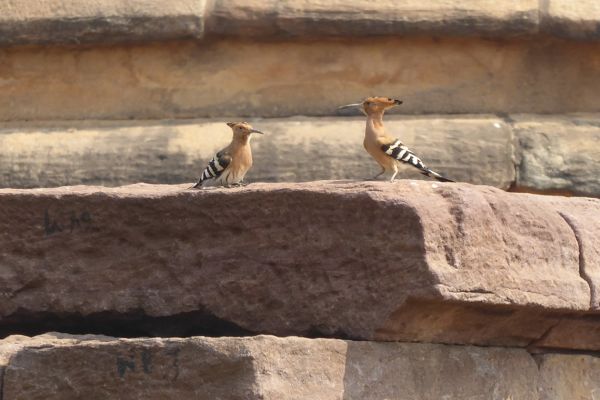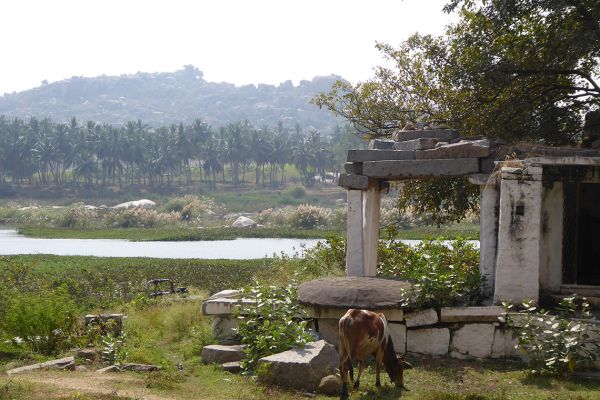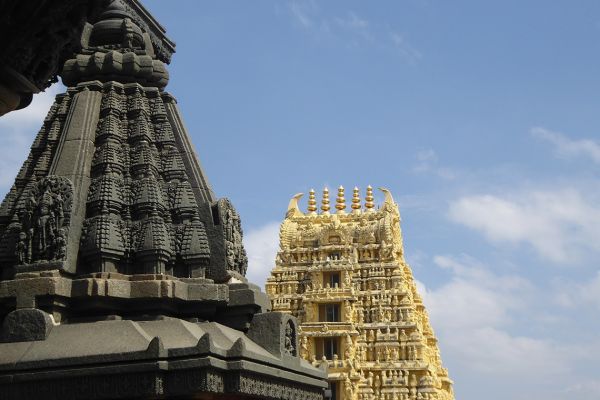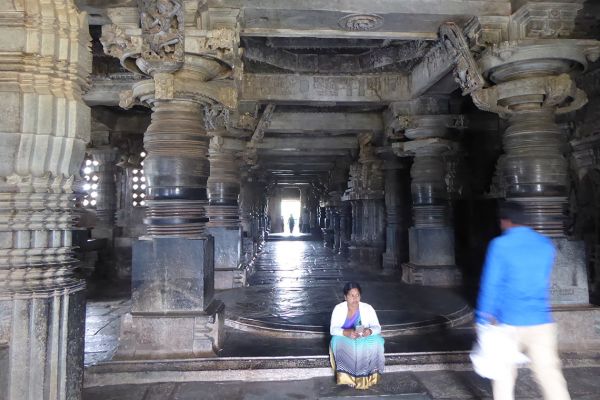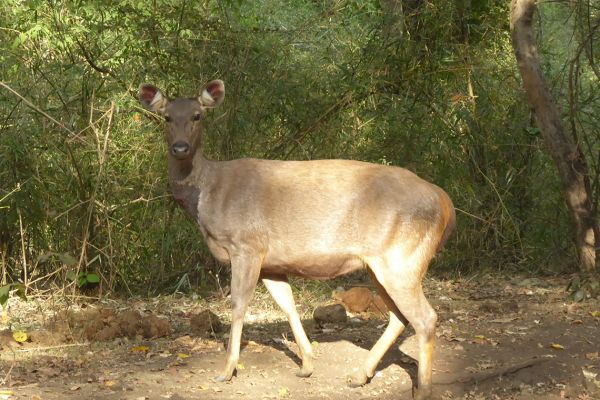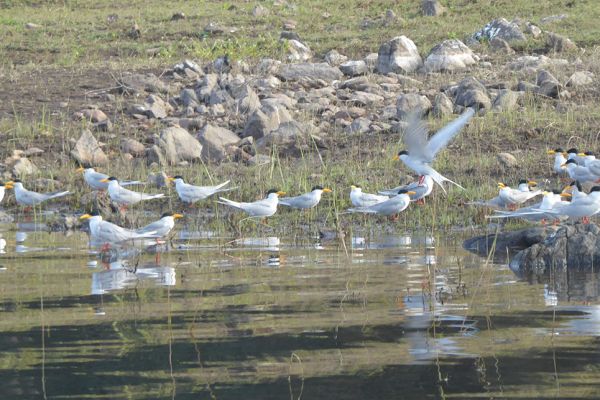We start our tour in Goa, a small state on India’s western coast, known not just for its sandy beaches along the Arabian Sea coastline, but also for its remarkable heritage of military forts, churches and colonial mansions. For centuries, from the beginning of 16th century until 1961, Goa was a Portuguese territory and the cultural, architectural and culinary influences of this era make this sun-blessed statelet unique within India and, indeed, the world.

